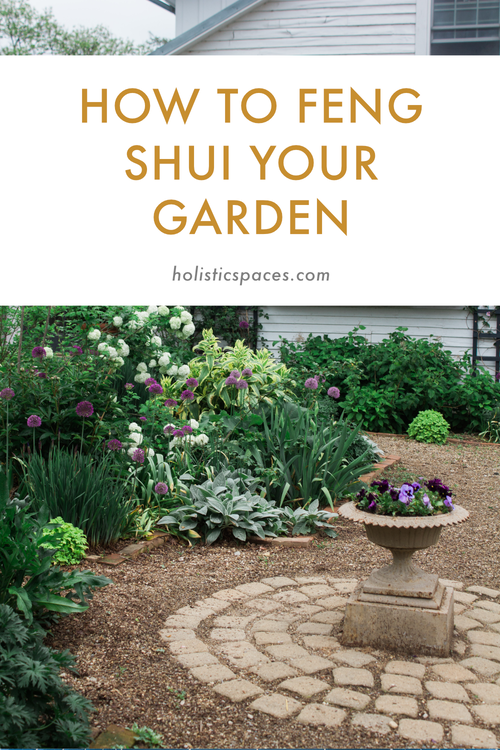Using color is a powerful way to shift your qi, or life force energy. Most humans are especially reliant on visual cues, and color can make a big impact on how we are feeling. It’s helpful to think of colors as energy; after all, color is light in varying wavelengths. To work with the power of color in feng shui, you can choose colors with specific meanings to bring into your home or your wardrobe. While we often focus on our homes in feng shui, you can also think about your body as a home, and intentionally wear certain colors that are meaningful to you. It can be helpful to think about your own energy, and become aware of how it intermingles with the energy of your space.
Here are some of the feng shui meanings behind different colors, and some ideas for how you can work with them:
Greens and blues
Greens, teals, and blues represent the wood element, which has to do with hope, growth, and new beginnings. We often see these colors in nature, and they have a calming, balancing effect. A great way to introduce more green into your home is by bringing in houseplants.
Purple
Purple is an auspicious color that is associated with wealth and royalty. It also activates the crown chakra, which is connected to enlightenment and wisdom. To work with purple in your home, try placing an amethyst crystal or a vase of purple flowers in the Abundance area of your desk. This can help you create more prosperity in your career.
Yellow, orange, and brown
Deep yellow, rusty orange, and warm browns are all connected to the earth element in feng shui. Like green and blue, these colors are often found in nature. They are restful and strengthening, and can help you feel cozy and nurtured. To add these colors to your space, try bringing in bed linens in earthy tones when you want to feel more supported and grounded.
White
White is connected to purity, heaven, simplicity, and precision. On a practical level, white is also a great way to make your space feel brighter, which is one of the most important things people are often looking for in their living spaces. While an all-white room can be a bit harsh, painting your walls white creates a great base that allows you to bring in other accent colors.
Gray
Gray is a calming, quiet balance of yin (black) and yang (white). Too much gray can be a little depressing, but accents of gray can complement almost any color. Gray is related to the helpful people area and the metal element. It can help you voice your need for support and invite helpful people into your life. One way to bring gray into your space is to get a gray teacup with the intention of receiving support. There is a Buddhist adage about teacups, in which an empty cup symbolizes being open to receiving from the people around you.
Dark blue
Dark blue is related to the knowledge area of the feng shui bagua. This color is reminiscent of the night sky or the deep ocean. Bringing dark blue into your space can create a meditative, relaxing, refreshing feeling. Blue is also related to the throat chakra, which helps you communicate and express yourself. You can work with the energy of dark blue in your home by placing a dark blue stone like lapis lazuli in the Knowledge area of your home or bedroom or in your meditation space.
Red
Red is the most auspicious color in feng shui. It is fiery, stimulating, and sensuous. A little bit goes a long way, and it’s not the best choice in rooms intended for relaxation. Red is also connected to passion and the Recognition area of the bagua. To invite more recognition in your career, try placing fiery red artwork in the Recognition area of your home office or desk. You can also wear red, like a red necklace or red lipstick, to inspire this fire energy.
Black
Black is the most yin color, and it’s related to wisdom and knowledge. It is also the combination of all colors, and it represents depth. Black can be contemplative, but too much can be depressing because it absorbs light. Black tourmaline crystals are a great way to work with black in your home. You can create a protective grid by placing a piece of black tourmaline in each corner of your home or under each corner of your bed, with the intention that it will shield you from negative energy.
Pink and peach
Pink is the color of the Relationship area of the feng shui bagua. It is soft, nurturing, and romantic. Pink and peach are especially flattering colors for skin tones, especially when they’re used on walls. In feng shui, peach is recommended when you want to attract a romantic partner. You can paint your walls peach, wear peach, or bring in peach linens or pillows. After you meet a partner, be sure to change the intention of the color unless you want to attract additional romantic prospects!
by Anjie Cho





